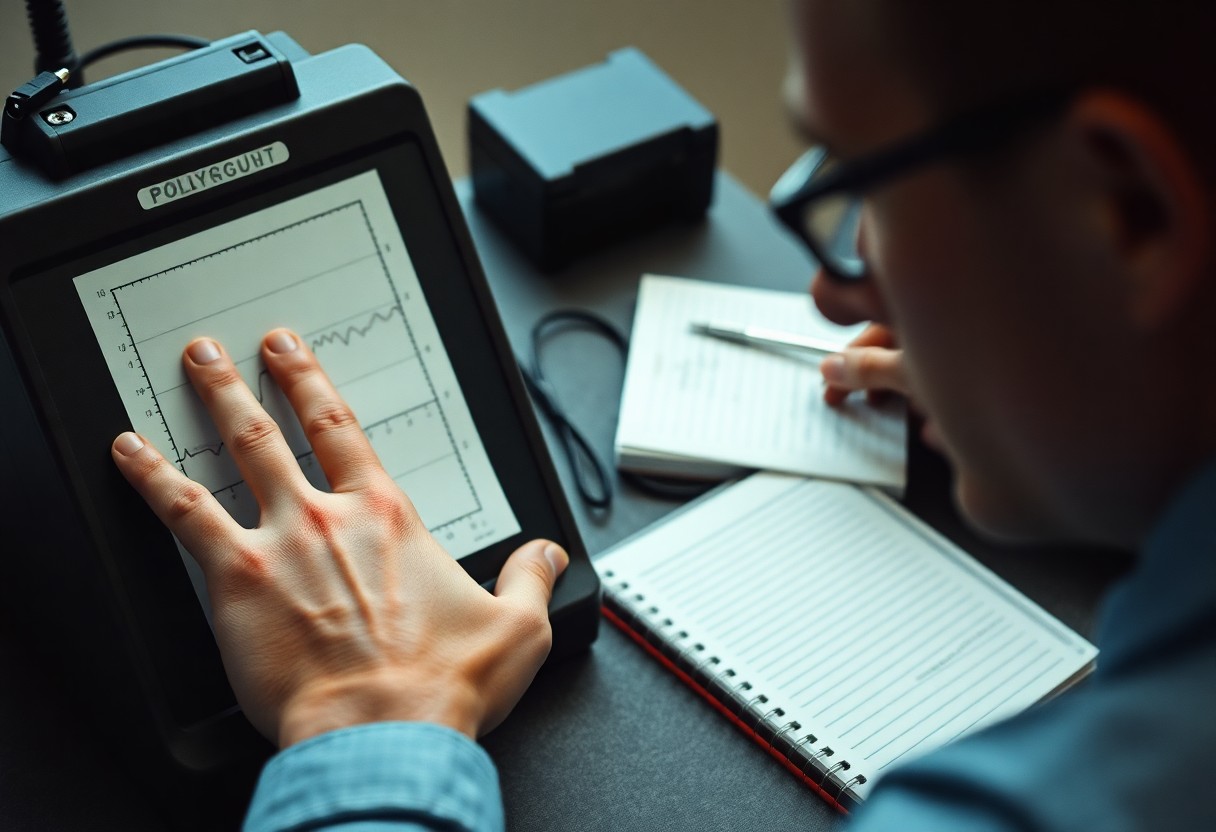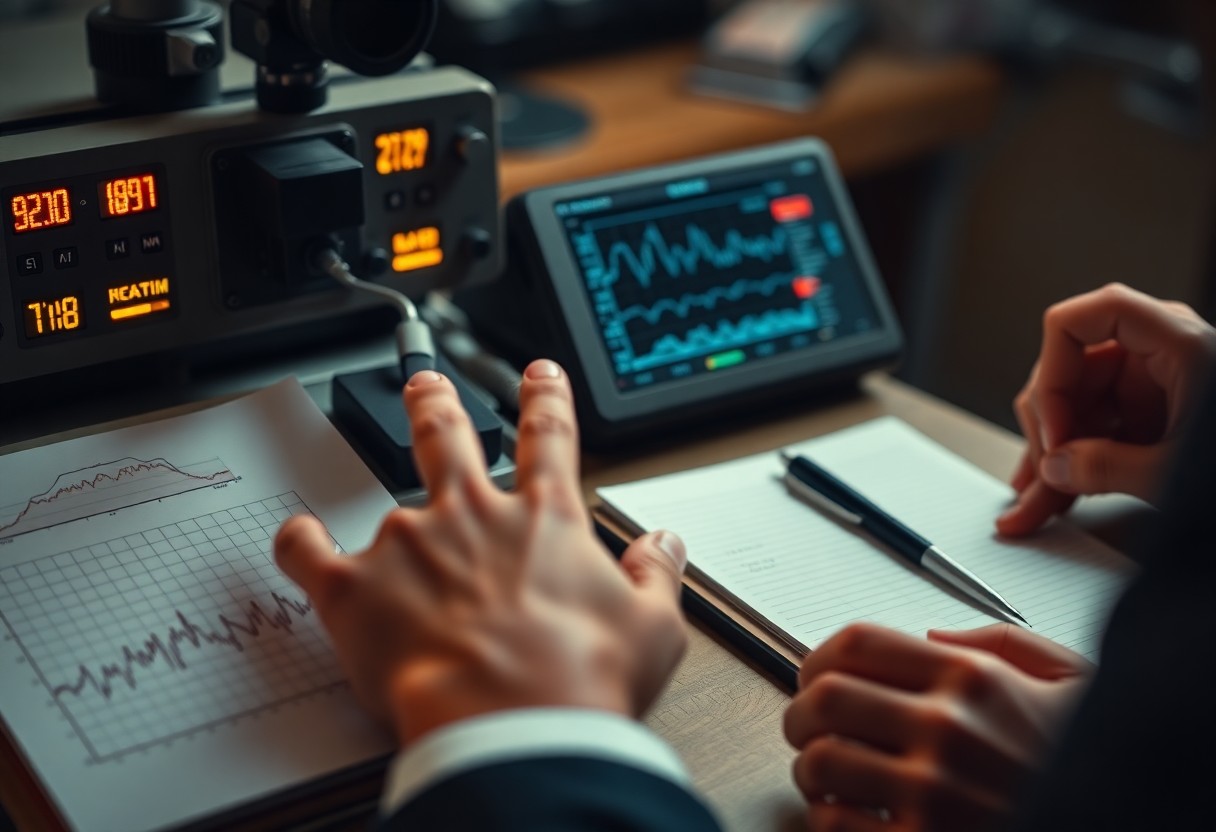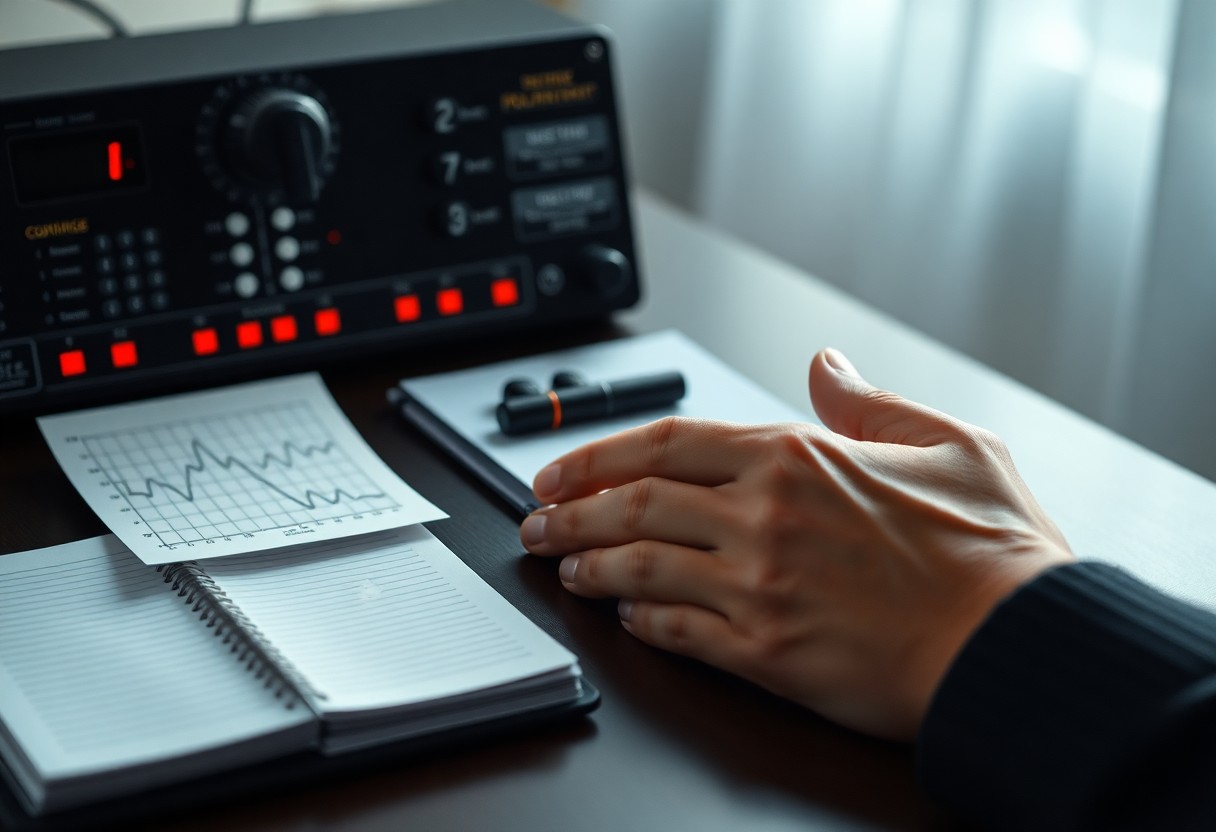
Polygraph tests can provide significant insights into truthfulness and deception in various situations, but understanding the results requires careful consideration. In this practical guide, you’ll explore vital steps for accurately interpreting the results, including analyzing physiological responses, acknowledging the context of questioning, and recognizing potential limitations of the test. By following these guidelines, you will enhance your capability to make informed decisions based on polygraph data and understand its implications in your specific circumstances.
Key Takeaways:
- Understanding Accuracy: Polygraph tests are not infallible; the reliability of results can be influenced by various factors including the examinee’s emotional state.
- Analysis Techniques: Employ systematic approaches for evaluating physiological responses, considering context and individual baseline measurements to provide a fair interpretation.
- Ethical Considerations: Ensure adherence to ethical standards and transparency in the use of polygraph results, balancing assessment needs with the rights of individuals involved.

Understanding Polygraph Fundamentals
The foundation of polygraph testing lies in its ability to measure physiological responses that may indicate deception. By examining changes in heart rate, blood pressure, respiration, and skin conductivity, a trained examiner can interpret your body’s responses during questioning. A thorough understanding of these fundamentals is necessary for accurate interpretation of the results and the effectiveness of the testing process itself.
The Science Behind Polygraph Testing
Before you can effectively interpret polygraph results, it is important to grasp the underlying science. Polygraph testing relies on the principle that deceptive answers lead to physiological changes, which can be measured accurately. This process incorporates both psychological and physical elements, as stress and anxiety can manifest in measurable bodily reactions.
Key Components of a Polygraph Test
Polygraph testing involves several critical components, including the physiological measurements and the questioning techniques employed. These elements are designed to create an environment conducive to accurate readings. Understanding how these components function together allows you to better analyze the outcomes of the test.
Test results from a polygraph can offer insights based on various physiological measurements taken during questioning. The primary components include heart rate, blood pressure, respiratory rate, and galvanic skin response. Each of these metrics plays a vital role in assessing your emotional state. During the interrogation, your body’s reactions to specific questions can be tracked, helping the examiner determine if there are inconsistencies that may suggest deception. Mastering these key aspects enables you to interpret and evaluate polygraph results with greater accuracy.
Preparing for Interpretation
Some foundational steps are necessary when preparing to interpret polygraph results. You need to grasp the significance of the instrument’s functionality and its effectiveness in detecting deception. To enhance your understanding, refer to 1 Lie Detection and the Polygraph, which provides in-depth insights into the methodology and scientific basis of polygraph testing.
Gathering Contextual Information
Along with understanding the testing process, gathering contextual information about the subject and the incident in question can enhance your analysis. Factors such as the subject’s background, the nature of the inquiry, and their emotional state can influence results significantly.
Reviewing the Testing Environment
Preparing for interpretation also involves a thorough evaluation of the testing environment. Ensure that the setting is free from distractions and has been structured to facilitate an honest and open disclosure from the subject.
Also, the physical conditions of the testing environment impact your interpretation significantly. Look for conducive lighting, proper seating arrangements, and minimal noise to eliminate any sources of discomfort or anxiety for the subject. Any distractions could lead to misinterpretations of the physiological data obtained. A controlled environment is key to ensuring the validity of the findings and aids you in drawing accurate conclusions from the results.
Analyzing Physiological Indicators
For effective interpretation of polygraph results, you need to focus on key physiological indicators, which include heart rate, blood pressure, and galvanic skin response. These responses can provide insights into a person’s emotional state and truthfulness. By understanding the significance of these indicators, you can make informed analyses when interpreting the data collected during the examination.
Heart Rate and Blood Pressure
Rate changes in heart rate and blood pressure are significant indicators of physiological arousal. An increase in these measures often suggests heightened emotional responses, particularly during deceptive questioning. By evaluating these variables, you can better ascertain the truthfulness of the subject’s responses.
Galvanic Skin Response
For evaluating emotional arousal, galvanic skin response (GSR) measures the electrical conductivity of your skin, which fluctuates with perspiration. This physiological reaction is closely tied to stress and anxiety levels, making it an imperative component in polygraph analysis.
Hence, analyzing the galvanic skin response can provide valuable insights into a subject’s emotional state. High levels of GSR may indicate increased nervousness or deception, while lower levels often reflect calmness. Understanding these reactions allows you to assess their implications on truthfulness effectively. The key is to correlate the GSR readings with the context of the questions posed during the examination for a comprehensive evaluation.
Interpreting Test Results
To effectively interpret polygraph test results, it is vital to consider multiple factors, including physiological responses, baseline readings, and the context of the questions posed. Your analysis should focus on understanding the significance of the measurements recorded during the test. Look for deviations from expected norms, and ensure you correlate results to specific questions to draw meaningful conclusions.
Identifying Relevant Patterns
By examining the data collected during the polygraph test, you can identify relevant patterns that may indicate deception or truthfulness. Pay attention to changes in physiological responses such as heart rate, respiratory rate, and galvanic skin response. These patterns can help you determine the credibility of the responses provided by the subject.
Recognizing Potential Artifacts
The interpretation of polygraph results requires you to be aware of potential artifacts that may influence the findings. Artifacts can arise from a variety of sources, such as movement, anxiety, or even medical conditions. Recognizing these influences is vital for ensuring your analysis is accurate and not skewed by unrelated factors.
At times, external factors can create misleading data known as artifacts. For example, if a subject is nervous or uncomfortable during testing, their physiological responses may reflect that stress rather than deception. Additionally, conditions such as medications or health issues can cause abnormal readings. Therefore, you must consider these elements when analyzing results; awareness of artifacts ensures your conclusions about truthfulness or deceit remain valid and reliable.
Case Studies in Polygraph Interpretation
Not all polygraph examinations yield the same results, and understanding various case studies can enhance your interpretation skills. Consider these examples:
- Case 1: Subject with a confirmed history of deception scored a 97% accuracy in lying detection.
- Case 2: A subject displayed physiological responses indicating anxiety rather than deceit, yielding 85% false-positive results.
- Case 3: Following a comprehensive behavioral analysis, a subject’s results aligned 100% accurately with their honesty level.
For more detailed insights, check this guide on How To Pass A Polygraph.
Successful Interpretation Examples
An effective polygraph interpretation requires a thorough understanding of individual physiological responses. Cases where innocent subjects were perceived as deceptive often involved assessing external stress factors such as prior trauma or environmental influences, highlighting the need for contextual analysis.
Common Misinterpretation Pitfalls
Among the notable pitfalls in polygraph interpretation is the misjudgment of physiological reactions. You might misinterpret a subject’s heightened responses as deception, ignoring factors like nervousness or medical conditions that can skew results.
Plus, you should be aware of the common issues in polygraph interpretation, such as confirmatory bias, where you may favor information that supports your assumptions while disregarding contrary evidence. This can dangerously lead to incorrect conclusions about a subject’s honesty. Always ensure you maintain a balanced perspective by considering each individual’s unique behavioral patterns and potential external influences on their physiological state.

Ethical Considerations in Polygraph Use
Now, navigating the ethical landscape of polygraph testing is vital for ensuring fair and responsible use of this technique. You must be aware of the potential implications of your findings and prioritize the well-being of those involved. Misuse or misinterpretation of results can lead to severe consequences, so it’s necessary to adhere to ethical guidelines. For more information, visit Understanding the Polygraph Chart: A Deep Dive into Lie Detection.
Informed Consent and Confidentiality
On obtaining informed consent is a foundational aspect of ethical polygraph usage. You should ensure that examinees fully understand the purpose, procedures, and potential consequences of the test, fostering a transparent environment. Additionally, maintaining strict confidentiality regarding the results protects individuals’ privacy and contributes to trust in the process.
Professional Integrity and Accountability
Ethical conduct is paramount in maintaining professional integrity and accountability within the polygraph field. You are responsible for adhering to established protocols and standards, ensuring the accuracy of your assessments, and remaining unbiased in your interpretations.
For instance, by continually engaging in professional development, you can stay informed about the latest methodologies and ethical standards. This commitment not only enhances your skills but also reinforces your role as a trusted polygraph examiner. The potential consequences of misconduct or negligence can be severe, both legally and reputationally, affecting not just your career but the credibility of the entire field. Always prioritize accountability to ensure the highest standards of practice are met.
Summing up
On the whole, interpreting polygraph results requires a keen understanding of physiological responses and contextual factors. By familiarizing yourself with the various components of the polygraph process—such as question formulation, baseline establishment, and analysis of charts—you can enhance your accuracy in assessments. Additionally, integrating relevant background information and ensuring an ethical approach will bolster your credibility as an interpreter. Ultimately, honing these skills will allow you to draw more informed conclusions and contribute meaningfully to your field.
FAQ
Q: What are the key factors to consider when interpreting polygraph results?
A: When interpreting polygraph results, it’s vital to evaluate several key factors: the baseline physiological responses of the individual being tested, the context of the questions asked, and any potential external influences that may affect the results. Understanding the individual’s emotional state, medical history, and the specifics of the testing environment can provide critical insights. Additionally, comparing the physiological responses to control questions versus relevant questions is crucial, as this analysis helps determine the truthfulness of the individual during the examination.
Q: How do you establish a baseline in a polygraph test?
A: Establishing a baseline in a polygraph test involves recording the physiological responses of the examinee during a series of neutral questions before moving on to more pointed questions. This helps create a reference point for the person’s normal reactions, which may include heart rate, blood pressure, respiration, and skin conductivity. By comparing the physiological responses to relevant questions against these baseline readings, the examiner can better assess deviations that might indicate deception.
Q: What steps should be taken if the polygraph results are inconclusive?
A: If the polygraph results are inconclusive, several steps can be taken. First, it may be helpful to conduct a second examination to verify the findings, ensuring that the testing conditions are consistent. Another option is to review the questions asked and ensure they were clear and appropriately framed. Consulting with other professionals or incorporating additional investigation techniques may provide further context and clarity. In all cases, it’s vital to approach such conclusions cautiously, considering the limitations of polygraph testing as a tool for verification.
